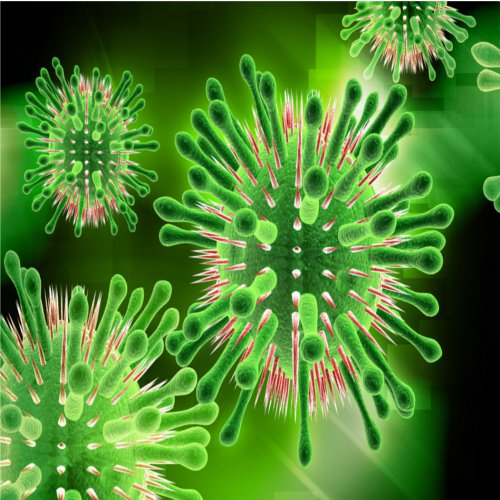LOINC is the international standard terminology for encoding lab tests and results. Microbiology lab mapping often brings hand wringing and head banging... it doesn’t have to!
Here are some suggestions to ease your pain:
- Look in the lab test/result name because the specimen and method are often there.

- If the culture order is looking for a specific organism, search for a LOINC naming that organism in the component attribute, and the method should be ‘Organism Specific Culture’.
- When the culture order (e.g., blood, urine, CSF culture) is not looking for a specific organism, you still need to know what type (e.g., bacteria, fungus, virus) of organism you are looking for. This is because there are different LOINC codes for bacteria, fungus, virus, etc. as the component. The type of organism and the specimen should be included in your search.
- Keep in mind there is a specific LOINC code for each antibiotic susceptibility method (e.g., Kirby Bauer (KB), Minimum Inhibitory Concentration (MIC), Minimum Lethal Concentration (MLC), gradient strip).
- However, if one local code is used to report antibiotic susceptibilities tested with multiple methods (e.g., KB and MIC panels), map it to a methodless LOINC code.
Note that all LOINC antibiotic susceptibilities have the specimen of Isolate, so don’t waste your time looking for specific specimens from the original order (e.g., CSF or Urine panels).

